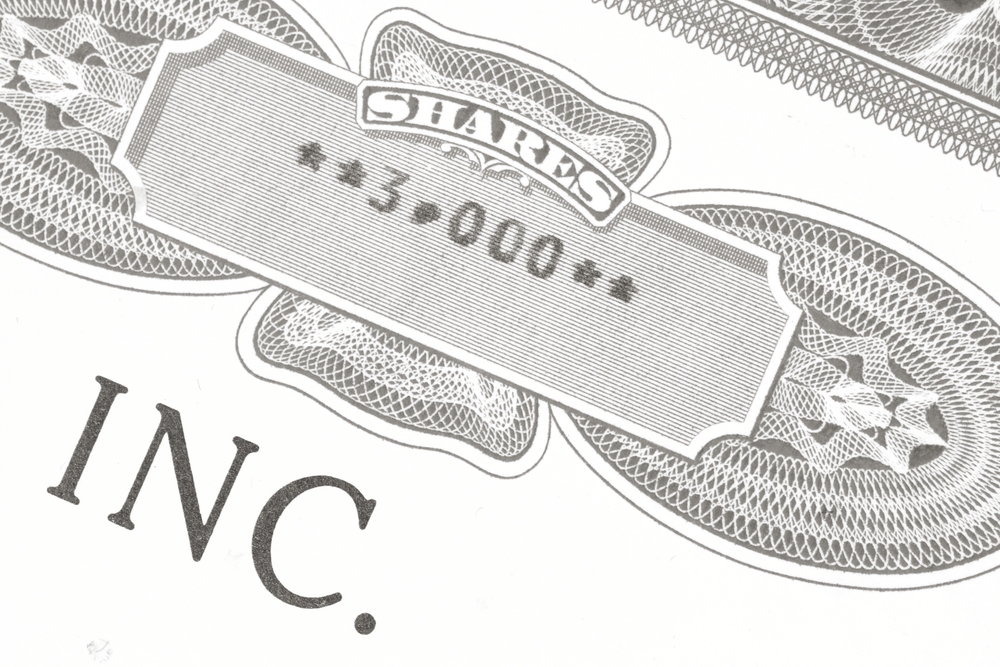News & Insight

An introduction to growth shares
A
At Humphreys Law, we work with funds, private investors and management teams in order to structure high growth tech businesses in the most effective way to help them to meet their strategic aims. One of the ways that successful businesses do this is by offering shares to their key employees.
There is a variety of methods by which such businesses can do this. There are qualifying share option plans such as enterprise management incentive schemes (“EMI”) and company share option plans (“CSOP”) which are excellent if feasible. There are significant tax benefits for such plans, particularly EMI with the gains potentially income tax and NICs free and only subject to capital gains tax. Entrepreneurs relief may be available for holders of EMI options if they sell their shares only after 1 year (or 2 years after 6 April 2019).
There are also all employee plans such as share incentive plans (“SIP”) and save as you earn (“SAYE”) which tend to be used by larger companies where there is a ready market for their shares.
Growth shares can be seen as an alternative to the HMRC approved share plans, particularly when a company (or perhaps the option holder) does not qualify for EMI. This article will briefly explain what growth shares are, how they work and what are their potential tax advantages.
What are growth shares?
The terminology used in order to describe growth shares can vary. They can be referred to as “flowering”, “blossoming”, “freezer” or “hurdle” share schemes. The ethos of these schemes is essentially to create a separate share class, which typically allows employees to participate in the growth in value of the company above a certain threshold. This threshold is generally known as a hurdle and it usually linked to the market value of the shares at the time of their issue. Some arrangements, alternatively, link a hurdle to the return to investor shareholders.
How do they work?
In order to set up a growth share scheme, the provisions of the scheme need to be tailored to the individual company. Bespoke drafting is required to cover the hurdle, transfer and leaver provisions and vesting. Most importantly, growth shares will need to be structured so that their initial value is low; the point is for management to benefit from the future growth of the company’s capital.
Accordingly, in order for a company to issue growth shares, it will need to amend its articles of association.
Unlike EMI options (where an employee will only be able to hold the shares once the options are exercised), a growth share will be held by the employee upon subscription and so it is possible to give voting and dividend rights on day one.
Potential tax advantages and disadvantages
The current tax regime in the United Kingdom provides that income tax and potentially NICs may be charged to an employee on the value of any shares that the employee receives or is entitled to in a company by virtue of his employment. The tax charge will be levied on the difference between the market value of the shares and the amount the employee pays for the shares.
Consequently, in order to avoid paying income tax and potentially NICs on the shares, the employee would need to pay the full value of the shares upfront. This would be a difficulty where the company has considerable value since the cost to acquiring the shares would be prohibitive. However, if a company can offer growth shares and the hurdle attached to the growth shares is designed carefully, an employee subscribing for the growth shares may not be required to pay a material amount for the shares upfront.
Whatever the amount paid, provided that the employee has paid an amount equal to unrestricted market value on acquisition, then there should normally be no liability to income tax or NICs on release of any restrictions or on sale under the “restricted security” regime.
Capital gains tax will need to be paid by the employee upon the sale of the growth shares (subject to any capital gains relief available to the employee).
Unlike options, however, there will not normally be any corporation tax deduction for the gains made by employees and this will need to be factored into the decision made when determining whether to implement a growth share scheme.
Last word…
Growth shares and other option schemes, such as EMI, can be a very effective method of incentivising employees to continue working in or join a company. They allow employees to participate in the growth of the company and they are also structured in a tax effective manner.
If you are interested in discussing whether your company qualifies for these incentive schemes and how they could potentially benefit your corporate structure, then please do get in touch with us.
Please note that this article highlights some specific aspects as regards how growth or hurdle shares might work, without aiming for completeness. It does not constitute legal advice and should not be relied upon as such. Please contact Humphreys Law with any questions or for further information at enquiries@humphreys.law.
Humphreys Law

If you would like to contact a member of our team, please get in touch by filling in the form below.
"*" indicates required fields
Humphreys Law